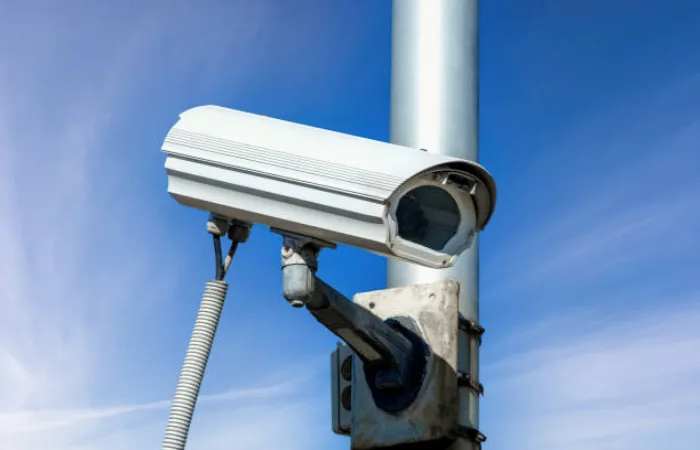In today’s security-conscious world, Closed Circuit Television (CCTV) cameras play a crucial role in surveillance systems. Whether it’s for a residential property, a commercial establishment, or public spaces, the effectiveness of CCTV cameras depends not only on their quality but also on their strategic installation. Here are the top six considerations for CCTV camera installation:
Purpose and Coverage Area
Before installing CCTV cameras, it’s essential to define the purpose of surveillance and identify the areas to be covered. Determine which areas require constant monitoring and those with potential blind spots. Understanding the purpose will help in choosing the right type of cameras and their placement for optimal coverage.
Camera Selection
Selecting the appropriate type of cameras is vital for achieving the desired surveillance objectives. There are various types of CCTV cameras available, including dome cameras, bullet cameras, PTZ (Pan-Tilt-Zoom) cameras, and covert cameras, each suited for specific applications. Factors to consider when selecting cameras include resolution, field of view, low-light performance, weather resistance, and vandal resistance.
Location and Placement
The effectiveness of CCTV cameras largely depends on their placement. Install cameras at strategic locations to maximize coverage while minimizing blind spots. Consider factors such as height, angle, and distance from the target area. Ensure that cameras are placed out of reach to prevent tampering or vandalism. Additionally, position cameras to avoid glare, backlighting, or other environmental factors that may affect image quality.
Power and Connectivity
Proper power supply and connectivity are crucial for the reliable operation of CCTV cameras. Determine the best power source for each camera, whether it’s through a centralized power supply, individual power adapters, or Power over Ethernet (PoE) technology. Ensure that cables are concealed or protected to prevent damage and unauthorized access. Test connectivity to ensure seamless transmission of video feeds to the recording or monitoring system.
Lighting Conditions
Consider the lighting conditions in the surveillance area when installing CCTV cameras. Low-light or nighttime surveillance may require cameras with infrared (IR) capabilities for capturing clear images in the dark. For areas with fluctuating light levels, such as entrances or parking lots, consider cameras with wide dynamic range (WDR) to maintain image quality in varying lighting conditions. Properly position cameras to avoid direct sunlight or harsh glare that may obscure or wash out images.
Regulatory Compliance and Privacy Concerns
Compliance with local regulations and privacy laws is paramount when installing CCTV cameras. Familiarize yourself with applicable laws and regulations regarding surveillance, data retention, and privacy rights. Inform employees, residents, or visitors about the presence of CCTV cameras and their intended use. Consider signage to notify individuals that they are under surveillance, especially in areas where privacy expectations may arise.
In conclusion, effective CCTV camera installation requires careful planning and consideration of various factors, including purpose, camera selection, placement, power, connectivity, lighting conditions, and regulatory compliance. By addressing these considerations, you can ensure that your surveillance system provides the desired level of security and protection for your property or premises. Consult with a professional installer or security expert to design and implement a comprehensive CCTV camera system tailored to your specific needs and requirements.

